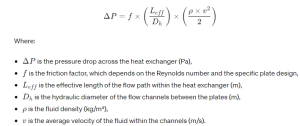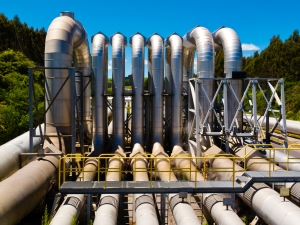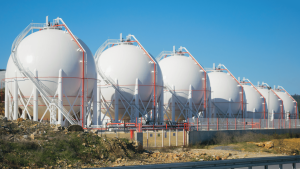How to keep pipes from freezing without heat ?
Contents
- 1 How to keep pipes from freezing without heat ?
- 2 Pros and cons of each type
- 2.1 1. Insulate Pipes
- 2.2 2. Let Faucets Drip
- 2.3 3. Seal Leaks
- 2.4 4. Apply Heating Tape
- 2.5 5. Open Cabinet Doors
- 2.6 6. Use Pipe Sleeves or Heat Cables
- 2.7 7. Drain Water Systems
- 2.8 8. Keep Interior Doors Open
- 2.9 9. Use a Temporary Clamp
- 2.10 10. Apply External Heat Sources
- 2.11 11. Install Pipe Thawing Equipment
- 3 At What Temperature Do Pipes Freeze Without Heat?
- 4 Which Pipes Are at a Higher Risk of Freezing?
- 5 How long Do Pipes Freeze Without Heat

Contents1 What is a Modulating Control Valve?2 Working Principle of Modulating Control Valves (1000 words)2.1 Basic Operation2.2 Components and Their Functions3 Types of Modulating Control Valves3.1 Globe Valves3.2 Ball Valves3.3 Butterfly Valves3.4 Other Types4 Applications of Modulating Control Valve4.1 Oil & Gas Industry4.2 Water Treatment Facilities4.3 Pharmaceuticals4.4 Food and Beverage4.5 HVAC Systems5 Advantages of Using […]

Contents1 Introduction to Gas Air Compressors1.1 The Essence of Gas Air Compressors1.1.1 Historical Perspective1.1.2 Advancements and Innovations2 How does a gas air compressor work ?2.1 Key Components2.2 The Compression Cycle2.3 Efficiency Considerations3 Types of Gas Air Compressors3.1 Piston (Reciprocating) Compressors3.2 Rotary Screw Compressors3.3 Centrifugal Compressors3.4 Choosing the Right Type4 Technical Specifications and Performance Metrics4.1 Key […]

Contents1 Introduction Overview of HVAC systems2 Fundamental Components of HVAC Systems2.1 1. HVAC system components : Thermostat2.1.1 Function2.1.2 Types of Thermostats2.1.3 Placement and Calibration for Optimal Performance2.2 2. HVAC system components : Air Handler and Blower Units2.2.1 Role in Air Circulation2.2.2 Components2.2.3 Design Considerations for Efficiency2.3 3. HVAC system components : Heating Components2.3.1 Furnaces2.3.2 Heat […]

Contents1 What is the pressure drop in heat transfer?2 Heat Exchanger Pressure Drop Calculation2.1 Basic Formula2.2 Steps for Calculation2.3 Considerations3 Example of Heat Exchanger Pressure Drop Calculations3.1 Given Data:3.2 Steps:4 How do I lower the pressure drop in my heat exchanger?4.1 1. Optimize Flow Distribution4.2 2. Increase Tube Diameter4.3 3. Reduce Flow Velocity4.4 4. Use […]

Contents1 What is piping?2 Features of piping3 Pipe dimension4 What is Nominal Pipe Size (NPS)?5 What is pipe DN (Diameter Nominal)?6 What is Pipe Schedule?7 What is Piping Isometric Drawing?8 What is the Difference between Piping and plumbing?8.1 Scale and Application8.2 Complexity and Components8.3 Materials8.4 Codes and Standards9 Codes and Standards of Piping9.1 1. ASME […]

Contents1 What is Pressure Vessels?2 Purpose:3 Types of Pressure Vessels:4 Materials of Construction:5 Design Codes and Standards:6 Components:7 Inspection and Testing:8 Applications:9 Safety Considerations:10 Table to compare Pressure Vessels vs Storage Tanks11 What is Storage Tanks ?12 Types of Storage Tanks:13 Materials of Construction:14 Applications:15 Design Considerations:16 Regulations and Standards:17 Application of Pressure Vessels18 Applications […]


 Automation System
Automation System  Energy Engineeing
Energy Engineeing  Instrumentation System
Instrumentation System  Mechanical Engineeing
Mechanical Engineeing  Piping Technologies
Piping Technologies  Transportations
Transportations  Manufacturing
Manufacturing  Training Material
Training Material 







